Cost of Living
Kansas City is one of the more affordable large metro areas in the U.S., but affordability depends on where in the metro you decide to lay your hat.
Overall: near or slightly below the U.S. average for general cost-of-living indices; housing is the biggest affordability factor.
Median rent: markets vary by neighborhood, so expect city-center and trendy districts to command higher rents; widely reported median rent ranges are roughly $1,300–$1,600/month for typical 1- or 2-bed apartments.
Median home price: higher than a few years ago due to population growth and inventory shortage, but still far cheaper than comparable-sized cities.
Other expenses: utilities can be slightly above average; transportation costs are generally lower than in car-dependent metros, and KC has a reasonable driving environment and growing transit options.
Practical budgeting tip: Do a cost-of-living comparison using www.numbeo.com
Best Schools
If you have kids, where you buy or rent matters. KC’s top-rated schools are concentrated in suburban districts; within the city core, quality varies school-to-school.
Top districts & schools (metro-wide)
- Blue Valley USD (Overland Park, KS): often ranked #1 in the KC area for academics, AP/IB offerings, and extracurriculars.
- Lee’s Summit R-VII (MO): strong academics and programs.
- Park Hill, Olathe, Liberty, North Kansas City, and Lee’s Summit also have high-performing schools or standout individual schools.
Private options: Barstow School and Pembroke Hill are long-standing top private schools in the Kansas City area.
How to pick a school/neighborhood
Use district boundaries (they can bisect streets). Visit schools, meet principals, and look at state report cards and Niche rankings for up-to-date reviews. Consider magnet/charter options and private schools if you need a specific program (IB, STEM, arts).
You may also like to read: How to Find a Good School. In this guide, we suggest things to take into consideration when choosing a new school when moving home.
Best Neighborhoods
Kansas City is a mosaic: historic neighborhoods, walkable urban districts, family-friendly suburbs, and quieter exurbs. Which is “best” depends on lifestyle.
Neighborhoods popular by lifestyle:
For young professionals/nightlife/walkability: Crossroads Arts District, River Market, Westport, Midtown. These have restaurants, galleries, bars, and short commutes to downtown.
For families/schools/tree-lined streets: Brookside, Waldo, Country Club Plaza (and many suburban neighborhoods in Overland Park, Leawood, Lee’s Summit).
For affordability & up-and-coming areas: parts of North KC, portions of the East Bottoms, and some inner-ring neighborhoods where revitalization projects are active. Keep safety and commute in mind, though.
For a luxury feel: Country Club Plaza / Nichols Hills–adjacent areas and certain parts of Johnson County (Overland Park, Leawood).
Tip: Drive neighborhoods on evenings and weekends, check walk scores, and review local Nextdoor/FB groups to get a real sense of noise, traffic, and neighbor culture.
You may also like to read: How to Choose a Good Neighborhood. In this guide, we suggest things to take into consideration when choosing which neighborhood to move to.
Neighborhood Comparison
Mission Lake (KCMO, South side)
- About 20–25 minutes by car to Downtown KC
- Median home prices/rent: Home Price: ~$315,000 • Rent: ~$979/month
- Crime & Safety: Safer than about 92% of KC neighborhoods. A mostly residential, quiet neighborhood. Lower crime compared to many inner-city areas.
- Schools & Districts: Served by KC public schools; proximity to parks (Minor Park), Blue River. Strong for families wanting nature and space without being too remote.
- Pros: good value, peaceful, greener, family-oriented.
- Cons: farther from many downtown amenities; less nightlife; commute might be longer depending on workplace.
Brookside
- About 10-15 min to Downtown
- Median home prices/rent: Home Price: ~$317,250 • Rent: ~$802/month
- Crime & Safety: One of the safer inner neighborhoods. Moderate to low crime. More walk-friendly.
- Schools & Districts: Very good schools nearby, strong neighborhood associations. Brookside is historically desirable; good for private & public school options.
- Pros: charming, mature trees, good dining & shops nearby; strong family vibe.
- Cons: premium pricing versus more distant suburbs; limited lot sizes; possibly higher maintenance in older homes.
Waldo
- About 10-15 minutes south/central to Downtown
- Median home prices/rent: Home Price: ~$288,000 • Rent: ~$1,296/month
- Crime & Safety: Safer than about 68% of KC neighborhoods. A mix of safety with many pockets well maintained, whilst others are more work in progress.
- Schools & Districts: Schools vary by subtype; good options for elementary and middle; private school access. The neighborhood has amenities: shops, restaurants, and active residents.
- Pros: good balance of urban access and a residential feel; more affordable than premium suburbs; solid community events.
- Cons: noise & traffic closer to retail strips; some variability in school quality depending on exact location.
Volker
- Very close (~5-6 minutes) to Downtown / Midtown
- Median home prices/rent: Home Price: ~$374,500 • Rent: ~$1,415/month
- Crime & Safety: Safer than around 76% of KC neighborhoods.
- Schools & Districts: Walkable with good urban safety. Excellent for those wanting urban schools, walkability, and cultural amenities. Close to shops, restaurants, arts & culture. Good public transportation options.
- Pros: very urban, close to key attractions; more “city living” feel; small commutes.
- Cons: higher cost per square foot; smaller yards; less parking; possibly more traffic & noise.
Overland Park, KS (Suburb)
- About 20-30 minutes to Downtown, depending on where & traffic
- Median home prices/rent: Median home prices in suburbs like Overland Park are higher; this is one of the more expensive metro suburbs. Exact numbers vary by part.
- Crime & Safety: Generally, much lower crime rates than city core. Very safe in many subdivisions. Strong policing, good infrastructure.
- Schools & Districts: Excellent public schools (Blue Valley, etc.), many private options; very good school ratings; high graduation & proficiency rates.
- Pros: great for families; lots of green space; newer housing; good shopping, amenities & parks.
- Cons: longer commute into downtown; you’ll pay a premium; less walkability depending on the neighborhood; more car-dependent.
*Prices and rents are approximate/recent medians; they can fluctuate based on market cycles, exact block, house condition, etc.
You may also like to read: Things to Consider When Moving Out of State. If Kansas is a new state to you, then you will find the tips for moving to a new state in this guide invaluable.
Crime & Safety
Kansas City’s public safety story is not straightforward: the city saw a record-level homicide year in 2023, there were some improvements in 2024, and mixed trends into 2025, but violent crime rates remain above the national average and vary across neighborhoods.
What to know:
Homicide and violent crime: KC experienced historically high homicide counts in recent years; 2023 was especially concerning, and 2024–25 showed variation by period and neighborhood. Local reporting and the police dashboard offer will give you more in-depth information about any neighborhood you are thinking of moving to.
Neighborhood variation: Many of the city’s safer neighborhoods (Brookside, Plaza, parts of Midtown, many Johnson County suburbs) have low violent-crime rates; certain central and east/south areas have higher violent-crime incidence. Use KCPD dashboards for block-level crime rates.
What residents do: neighborhoods with active business improvement districts, community policing efforts, and neighborhood associations often feel safer. Ask about lighting, foot traffic, and recent police/community initiatives before committing.
Safety checklist before signing:
- Check KCPD crime dashboards and 12-month trend charts for the specific ZIP code.
- Visit at night and on the weekend.
- Talk to residents (neighbors, businesses).
- Consider travel time to work; longer commutes can increase exposure to riskier areas.
You may also like to read: Moving to a New City Alone. In this guide, we look at the challenges and solutions when moving to a new city on your own.
Job Market & Career Opportunities
KC is a logistics and transportation hub, with major employment sectors in healthcare, manufacturing, finance, and a developing tech scene.
Key employers & sectors
- Health care: large hospital systems and health-tech employers (long-standing regional strength).
- Logistics and manufacturing: KC’s central U.S. geography makes it a logistics node (warehousing, distribution, freight).
- Technology: a growing tech workforce (estimates in 2024–25 put the KC tech workforce at tens of thousands, with companies like Garmin, Cerner’s legacy presence, fintech startups, and expanding AI/cybersecurity roles).
- Government & education: municipal, federal, and university employment provide stability.
Unemployment has been generally low in 2024–25, with demand for healthcare, skilled trades, logistics, and tech roles. Salaries vary widely, but tech and senior healthcare roles pay well relative to KC’s cost of living.
Networking & job search advice
Attend local meetups, industry events at the Crossroads and downtown, and use KC-specific job boards. Tech bootcamps and co-working hubs have helped grow the metro’s tech talent.
You may also like to read: Relocating for Work. In this guide, we look at the pros and cons of moving for a job.
Quality of Life
Kansas City blends Midwestern friendliness, strong music and food culture, and surprisingly good urban amenities.
Culture & food
KC is famous for barbecue, jazz (18th & Vine), fountains (more fountains than Rome), and a growing craft-beer and restaurant scene centered in Crossroads, Westport, and the Plaza. VisitKC and local guides are great for planning a weekend tour.
Parks, outdoors & recreation
The metro has accessible parks (Loose Park, Swope Park), riverfront development projects, and trails for biking and running. Recent infill and riverfront redevelopment projects aim to add housing and walkable destinations.
Transit & getting around
KC is car-centric but has been expanding transit options. Downtown, the streetcar and walkable neighborhoods reduce the need for a car for many residents. Expect to need a car for many suburban commutes.
Healthcare
Good healthcare infrastructure with major hospitals and specialty centers; healthcare is one of the largest local employment sectors. Combined with lower housing costs, KC can be attractive for families and retirees seeking value.
You may also like to read: Moving Home in Retirement. With low housing costs and great healthcare, Kansas City may seem very attractive for retirees. In this guide, we look at the pros and cons of moving home after retirement.
Taxes
State income tax: Missouri and Kansas have different tax rules; if you live in Kansas (Johnson County), you’ll be under Kansas state tax rules; living in Missouri (KCMO) subjects you to Missouri tax rules.
Each state has different brackets and local taxes, so factor this into take-home pay comparisons. (Consult a tax advisor for personal planning.)
Pros and Cons of Moving to Kansas City
Pros
- Lower housing costs relative to large coastal metros.
- Strong cultural identity (BBQ, jazz, arts) and growing downtown/riverfront life.
- A growing job market in healthcare, logistics, and an expanding tech sector;
Cons
- Violent crime and homicide rates are above the national average in parts of the city, so careful neighborhood selection is crucial.
- Some areas still lack investment.
- Commute patterns mean a car is often required outside dense neighborhoods.
You may also like to read: Where to Move to Avoid Climate Change. When choosing where to move next, it is prudent to take climate change into consideration. In this guide, we look at how climate change is affecting the nation and things to take into consideration when choosing where to live next.
Moving Checklist
- Neighborhood research: use KCPD crime dashboards, Walk Score, and drive the area at different times.
- School boundaries: confirm exact addresses against district maps and visit schools
- Cost comparison: Compare your current hometown with Kansas City
- Commute test: do a trial commute from your intended neighborhood to work at the same commute times you’ll use.
- Healthcare & childcare: confirm availability of pediatricians, specialists, and childcare availability before moving.
- Meet neighbors / join local FB/Nextdoor: great for practical advice and safety advice.
- Keep a moving buffer: housing stock has been tight post-pandemic; have temporary housing plans if you sell before you buy.
You may also like to read: What to Do When You Want to Move but Your Partner Doesn’t. In this guide, we offer solutions to this very common home-moving problem.
Useful Resources
Is Kansas City Right for You?
Kansas City is a good option if you want big-city amenities with more affordable housing and good value for many wages, especially if you work in healthcare, logistics, or tech.
However, moving here requires in-depth neighborhood research because crime is concentrated and schools vary widely by district.
If you prioritize walkable urban living with restaurants and arts, Crossroads, River Market, and the Plaza are fantastic; if top public schools and suburban amenities matter most, look to Johnson County suburbs or Lee’s Summit/Blue Valley areas.
Good luck with your move, and be sure to visit our home moving blog for guides on how to make every aspect of your home move easier, cheaper, and safer.
Also Read
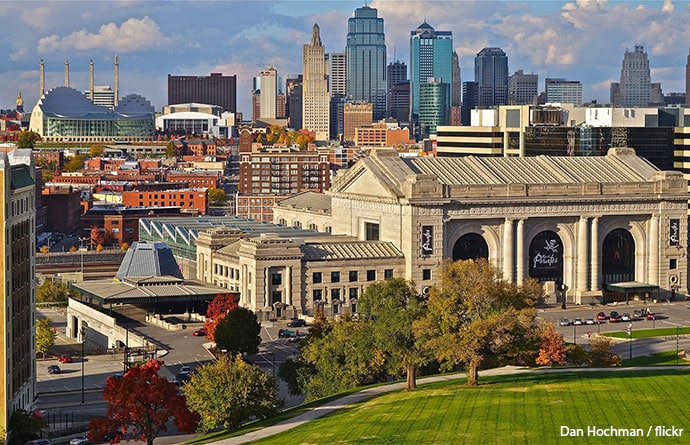
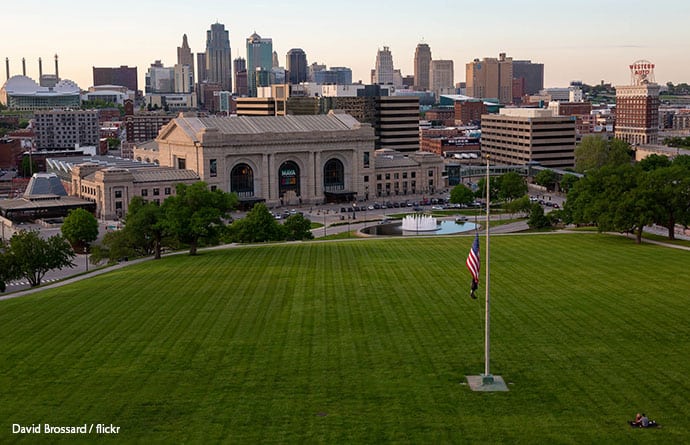

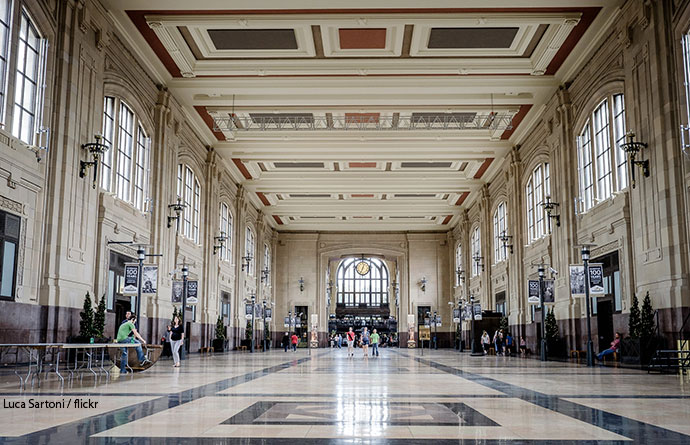
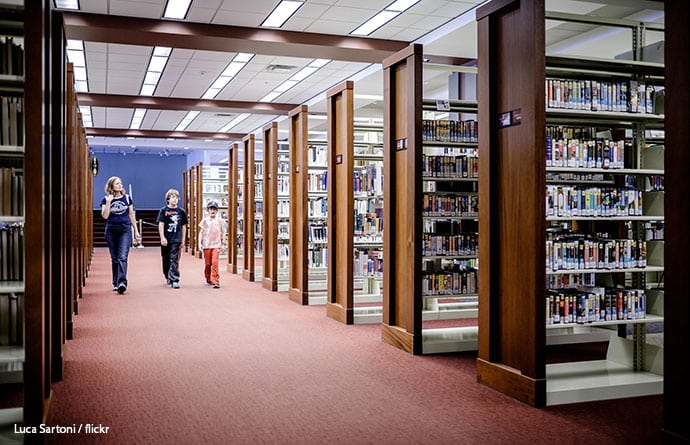
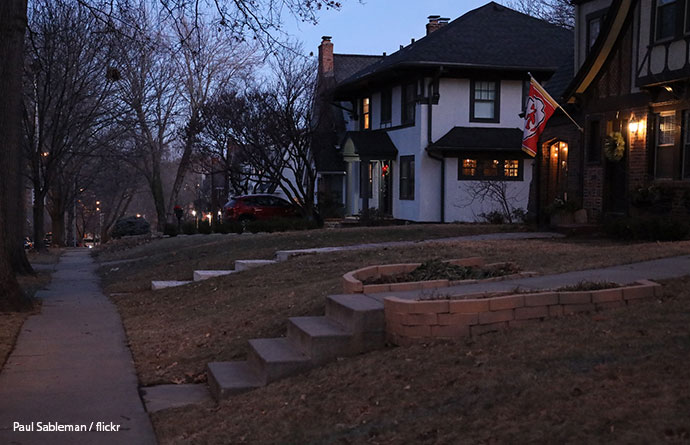
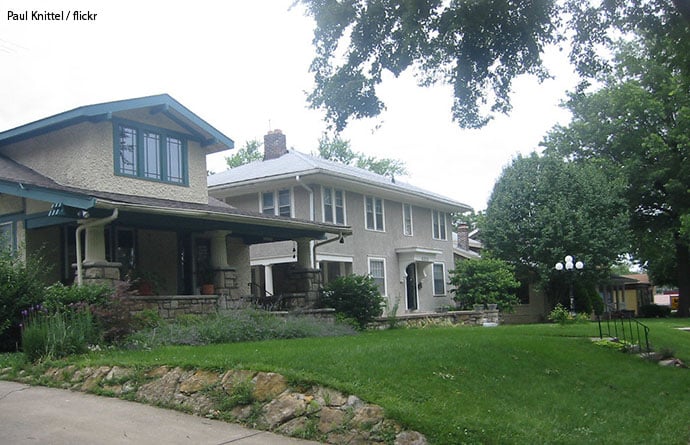
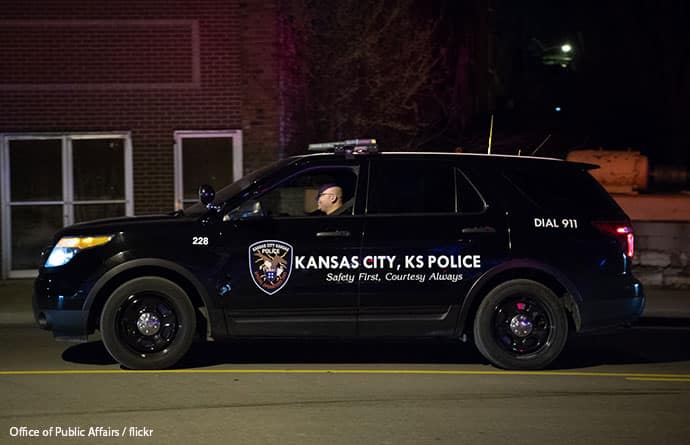
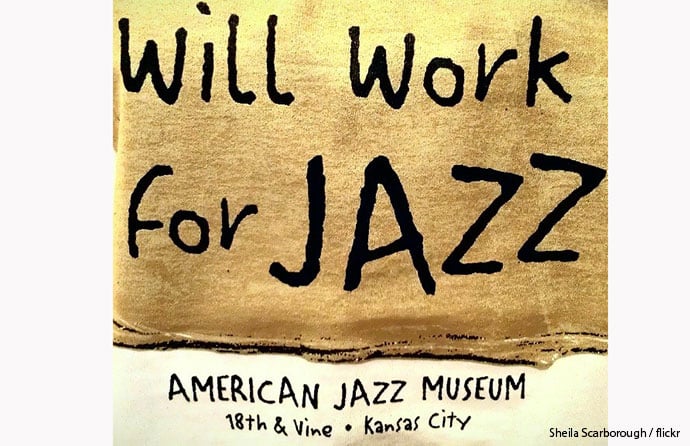
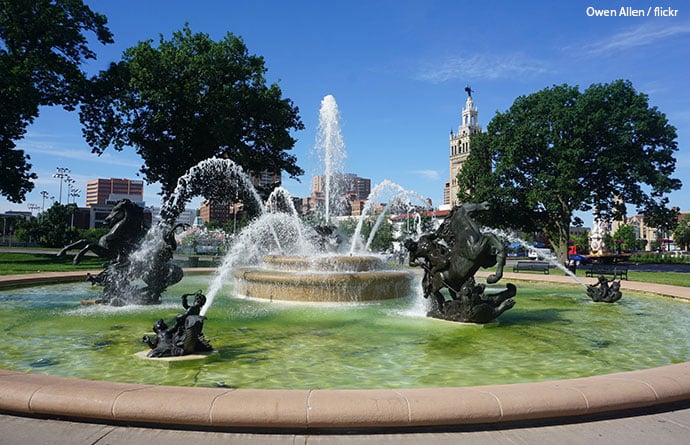
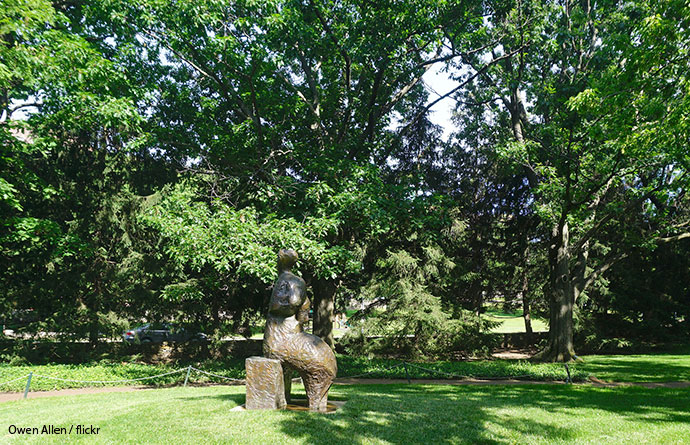
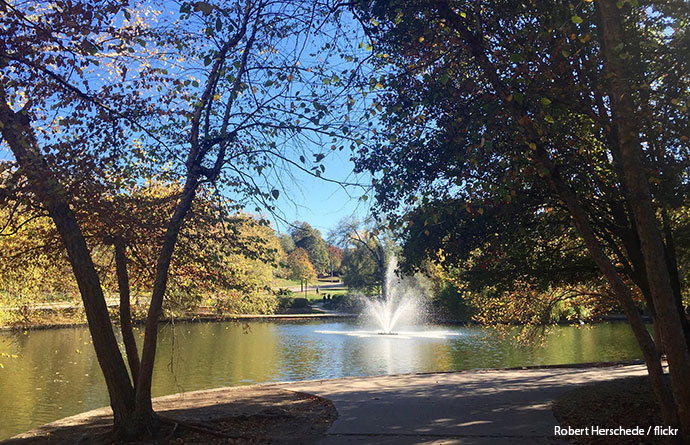
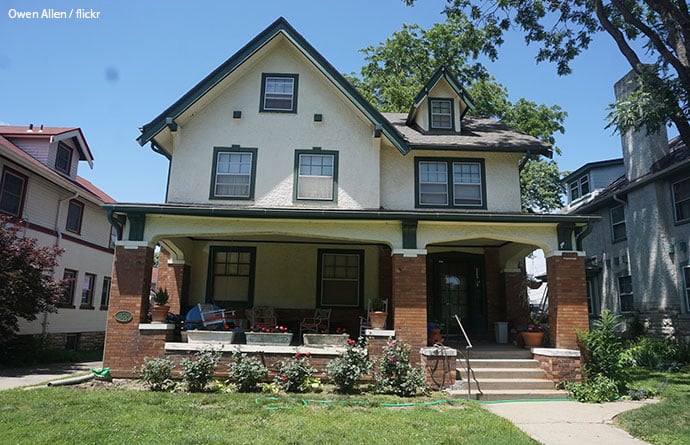




Share your thoughts by leaving a comment